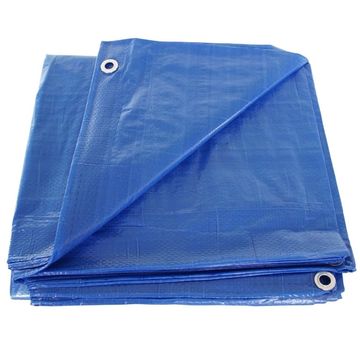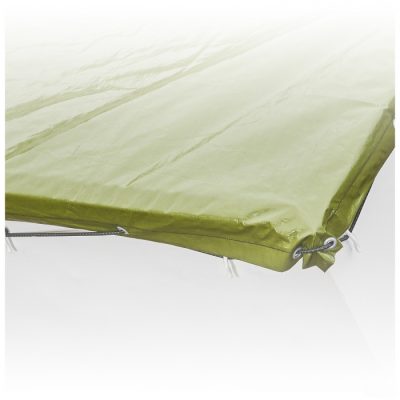A closer look at the materials used in PE (Polyethylene) tarpaulins provides insight into their composition and properties. PE tarpaulins are made primarily from polyethylene, a synthetic polymer, with some variations in materials and additives depending on the specific tarpaulin’s intended use and quality. Here’s a breakdown of the materials used in PE tarpaulins:
- Polyethylene (PE):
- Polyethylene Types: There are different types of polyethylene, but PE tarpaulins are typically made from either high-density polyethylene (HDPE) or low-density polyethylene (LDPE).
- HDPE: HDPE is denser and has a higher molecular weight than LDPE, making it stronger and more durable. It is often used in high-quality tarpaulins for applications where strength and longevity are essential.
- LDPE: LDPE is less dense and has a lower molecular weight compared to HDPE. LDPE tarpaulins may be less durable and more suitable for lighter-duty or short-term applications.
- Fabric Weave or Weights:
- Fabric Composition: The polyethylene is typically woven into fabric strips or threads, which are then used to construct the tarpaulin. The density and thickness of these fabric weaves can vary, affecting the tarp’s strength, durability, and weight.
- Denier: Denier is a unit of measurement used to describe the thickness of individual threads or fibers in the fabric. Higher denier values generally indicate thicker and stronger fabric.
- Lamination and Coating:
- Lamination: Some PE tarpaulins are made by laminating multiple layers of PE fabric together. This lamination process adds strength, durability, and may provide additional features such as UV resistance and waterproofing.
- Coating: Tarps may be coated with various materials to enhance their performance. Common coatings include polyethylene, polypropylene, or PVC (polyvinyl chloride). Coatings can provide water resistance, UV protection, and added durability.
- Additives and Treatments:
- UV Stabilizers: To protect against UV radiation from the sun, some PE tarpaulins are treated with UV stabilizers. These additives help prevent the tarp from degrading and becoming brittle when exposed to sunlight.
- Mildew and Mold Resistance: Some tarps are treated with additives that make them resistant to mold and mildew growth, making them suitable for humid or wet environments.
- Reinforcements and Grommets:
- Reinforcements: Certain areas of the tarpaulin, such as corners and edges, may be reinforced with additional layers or materials to enhance strength and resistance to tearing.
- Grommets: Metal or plastic eyelets, known as grommets, are often added along the edges of the tarpaulin. These grommets provide anchor points for securing the tarp with ropes or fasteners.
- Color Options: PE tarpaulins are available in various colors, with different colors sometimes indicating their intended use or features. For example, silver or reflective tarps are often used for heat reflection, while blue or green tarps are more common for general purposes.
In summary, the materials used in PE tarpaulins are carefully selected and processed to meet specific performance requirements. The choice of polyethylene type, fabric weave, lamination, coatings, and additives all contribute to the tarpaulin’s strength, durability, and suitability for various applications. Understanding these materials and their properties can help users select the right PE tarpaulin for their specific needs.


















